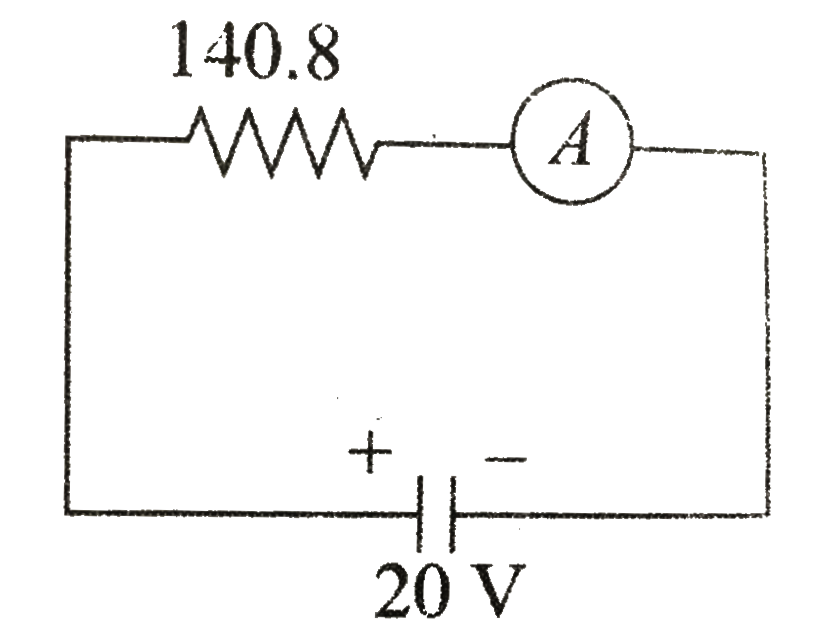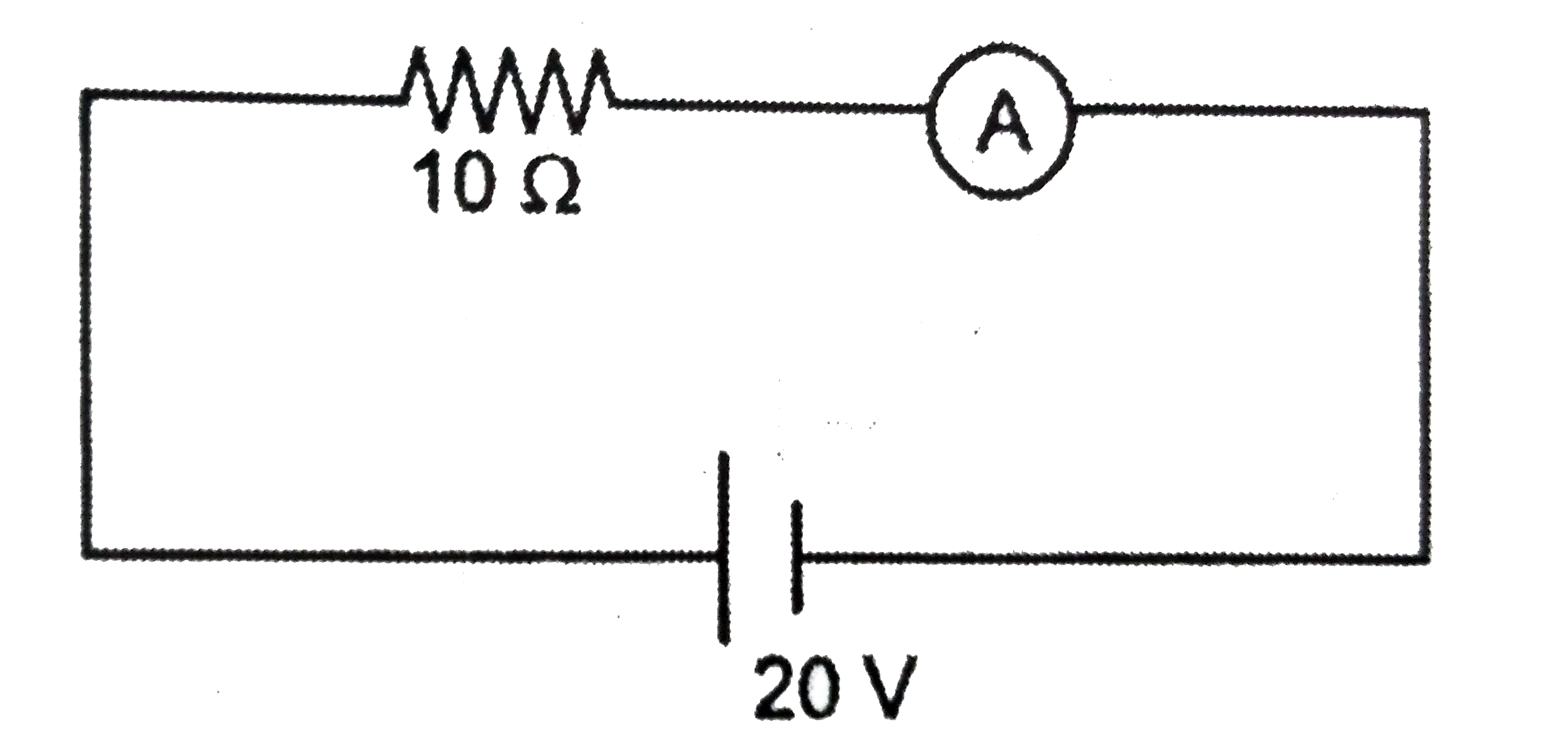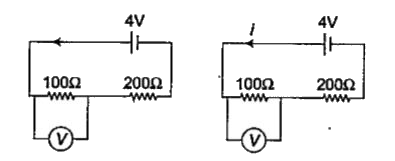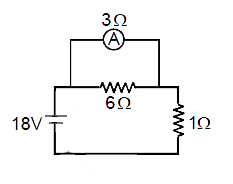The ammeter shows in Fig. 6.73. Consists of 480Ω coil connected in parallel to 20Ω shunt. The reading of the ammeter comes out to be 1/'∗'A. What is '**'?

Video Solution
Text Solution
The correct Answer is:(8)
Equivalent resistance of the ammeter is
(480)(20Ω)480Ω+20Ω=19.2Ω
The equivalent resistance of the circuit is 140.8Ω+19.2Ω=160Ω. Therefore, current, I=20V/160Ω=(1/8)A
|
Topper's Solved these Questions
- ELECTRICAL MEASURING INSTRUMENTSBOOK - CENGAGE PHYSICSCHAPTER - ELECTRICAL MEASURING INSTRUMENTSEXERCISE - M.C.Q
2 Videos
- ELECTRICAL MEASURING INSTRUMENTSBOOK - CENGAGE PHYSICSCHAPTER - ELECTRICAL MEASURING INSTRUMENTSEXERCISE - Comprehansion
15 Videos
- ELECTRIC POTENTIALBOOK - CENGAGE PHYSICSCHAPTER - ELECTRIC POTENTIALEXERCISE - DPP 3.5
14 Videos
- ELECTROMAGENTIC INDUCTIONBOOK - CENGAGE PHYSICSCHAPTER - ELECTROMAGENTIC INDUCTIONEXERCISE - QUESTION BANK
40 Videos
Similar Questions
Knowledge Check
The ammeter shown in figure consists of a 480Ω coil connected in parallel to 20Ω shunt. Find the reading of the ammeter
 A0.68 AB0.46 AC1.32 AD0.27 A
A0.68 AB0.46 AC1.32 AD0.27 AThe ammeter shown in the figure consists of a 480Ω coil conneted in parallel to 20Ω shunt. Find the reading of the ammeter.
 A5073AB4053AC5053AD7350A
A5073AB4053AC5053AD7350ASeven identical lamps of resistance 220Ω each are connected to a 220 V line as shown in Then the reading in the ammeter will be
 A110AB25AC310ADnone of these
A110AB25AC310ADnone of these
Find the reading of ammeter ? Is this the current through 6Ω ?

View SolutionThe resistance of an ammeter of range 5A is 1.8Ω A shunt of 0.2Ω is connected in parallel to it. When its indicator shows a current of 2A then what will be effective current?
View SolutionFive identical lamps , each of resistance 1100Ω are connected to 220V The reading of an ideal ammeter A is

View SolutionIf a voltmeter of resistance 200Ω is connected in parallel to the coil one by one, as given in the figure. What will be the reading of the voltmeter?

View SolutionIf a voltmeter of resistance 200 Ω is connected in parallel to the coil one by one, as given in the figure. What will be the reading of the voltmeter?

View Solution

